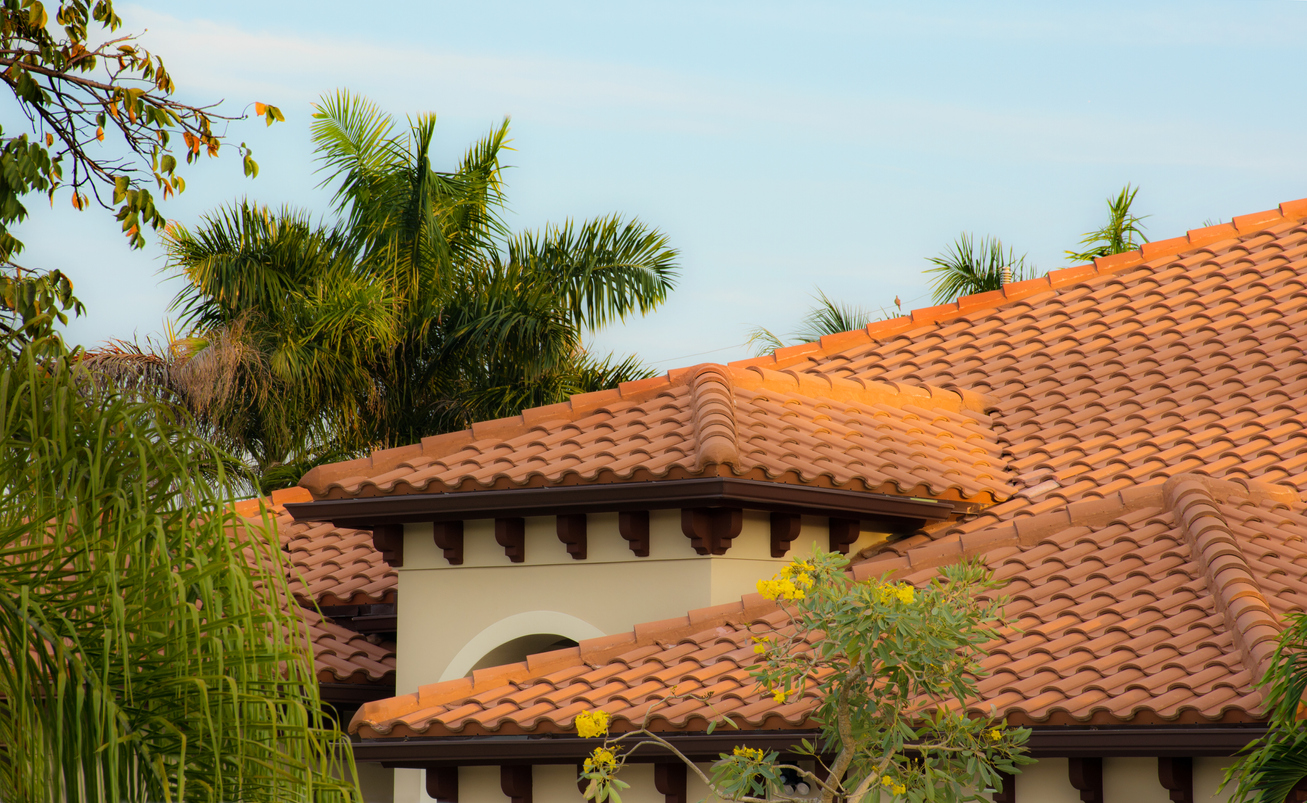The most common types of roof tile include clay tiles, known for their traditional appearance and durability; concrete tiles, appreciated for their cost-effectiveness and versatility; slate tiles, renowned for their elegant appearance and longevity; and metal tiles, which offer a lightweight and durable roofing option. These materials cater to a wide range of architectural styles and budgets.
Choosing the right type of roof tile for your tile roof installation can be a daunting task. With numerous options on the market, each with its unique characteristics, homeowners often find themselves overwhelmed by the decision-making process.
This decision impacts not only the aesthetics of the home but also its longevity and resilience to weather conditions. An incorrect choice can lead to frequent maintenance, early replacement, or even structural issues.
By considering factors like the home’s architectural style, local climate, budget, and personal preferences, homeowners can narrow down their choices. Consulting with a roofing professional, such as Ventura Roofing Co, who has experience in various tile materials, can guide homeowners to the perfect roof tile that meets all their needs and expectations.
In this article, we’re exploring the various types of roof tile and their respective benefits.
Types of Roof Tile and Their Benefits
Roof tiles are more than just a functional component of a home; they add aesthetic appeal, character, and value. With a variety of materials, shapes, and colors, roof tiles can be an integral part of a home’s design.
Here are several different types of roof tile and their unique benefits.
Clay Roof Tiles
Clay roof tiles, made from natural clay, are perhaps the most traditional roofing material. They often come in shades of red, brown, and orange but can be glazed in various colors.
Benefits
- Longevity: Clay tiles are known for their durability and can last up to 100 years or more with proper maintenance.
- Energy Efficiency: These tiles reflect sunlight, helping to keep the home cooler in hot weather.
- Fire Resistance: Being fireproof, clay tiles offer an additional layer of safety.
Concrete Roof Tiles
Concrete tiles are made from a mixture of cement, sand, and water. They can be shaped and colored to mimic other tile types, including wood shake, slate, or traditional clay.
Benefits
- Cost-Effectiveness: Generally cheaper than clay, concrete tiles offer a durable option at a more affordable price.
- Versatility: With a wide range of shapes and colors, concrete tiles can suit various architectural styles.
- Strength: Concrete tiles are tough and withstand severe weather conditions.
Slate Roof Tiles
Slate roof tiles are made from natural stone and offer a sleek and elegant appearance. Colors range from greys and blacks to greens and purples.
Benefits
- Lifespan: Slate roofs can last for centuries, making them an excellent long-term investment.
- Environmentally Friendly: Being natural stone, slate is recyclable and has minimal environmental impact.
- Low Maintenance: Resistant to rot and insect damage, slate requires little upkeep.
Metal Roof Tiles
Metal roof tiles, made from materials like steel, aluminum, or copper, come in various styles and finishes, including those that mimic traditional tile shapes.
Benefits
- Lightweight: Metal tiles are often lighter than other materials, reducing structural strain.
- Durability: Resistant to corrosion, metal tiles provide a robust roofing solution.
- Energy Efficiency: Metal reflects heat, aiding in energy conservation.
Composite Roof Tiles
Composite roof tiles are made from a blend of materials such as fiberglass, asphalt, and recycled paper. They are designed to replicate the appearance of other tile types.
Benefits
- Affordability: Generally more affordable than natural stone or clay.
- Durability: Composite tiles are engineered for strength and longevity.
- Eco-Friendly: Often made with recycled materials, composite tiles can be an environmentally conscious choice.
Solar Roof Tiles
Solar roof tiles, or solar shingles, integrate photovoltaic technology into the roofing material. They resemble conventional roof tiles but generate electricity.
Benefits
- Energy Savings: Solar tiles generate electricity, reducing reliance on grid power.
- Aesthetics: Unlike traditional solar panels, solar tiles blend seamlessly with the roof’s design.
- Value: By cutting energy costs, solar tiles can add value to a property.
Conclusion
The choice of roof tile is multifaceted, involving considerations of style, budget, climate, and environmental impact. The diversity in roof tile materials and designs offers homeowners the flexibility to find a roofing solution that not only meets functional requirements but also complements the home’s architectural style. Whether prioritizing sustainability with solar tiles, embracing tradition with clay, or seeking the enduring elegance of slate, the types of roof tiles available today provide both form and function, protecting and beautifying homes for generations to come.

